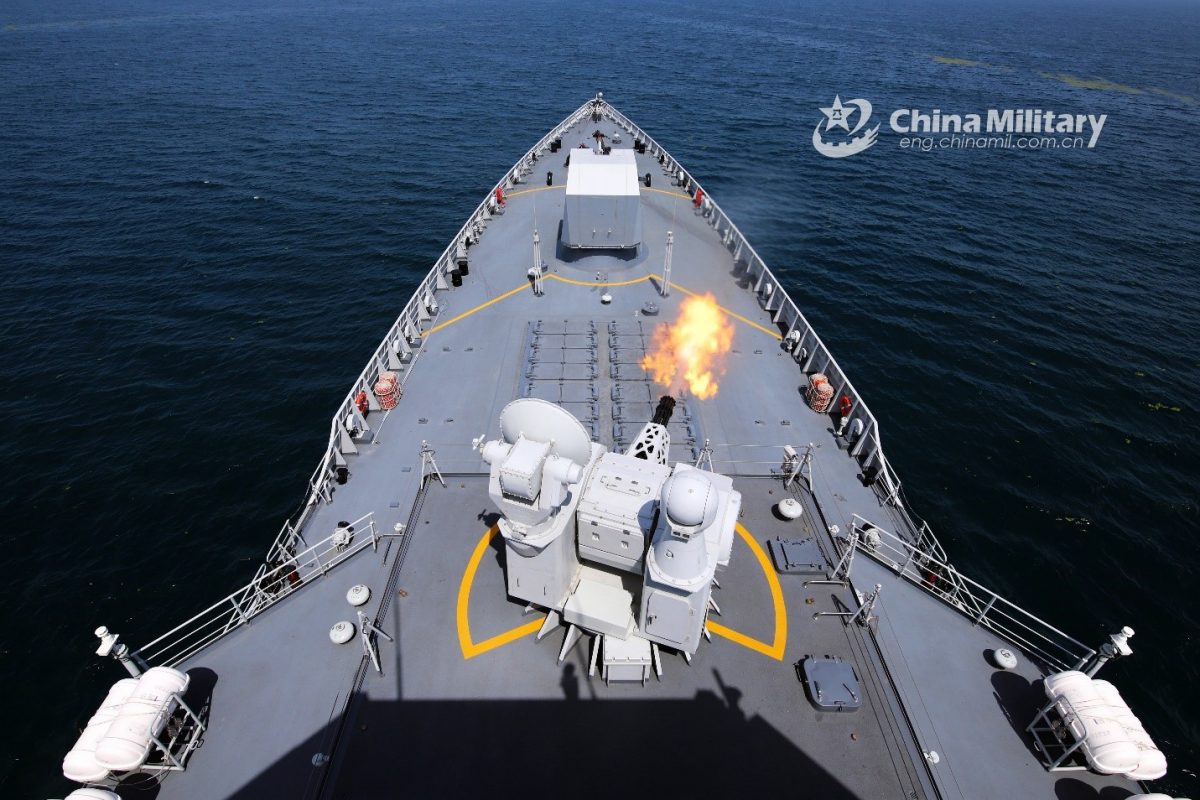There is, belatedly, a recognition that the United States has committed a near-fatal error in allowing its once superior naval position to rapidly deteriorate. China now has a distinct advantage in the Indo-Pacific, and Russia feels free to harass both America and its allies in other portions of the globe. Indeed, the Russian Navy recently engaged in threatening war games off the coast of Hawaii, and China has taken over the strategic island of Kiribati, midway between Pearl Harbor and Australia. Despite this, there appears to be a worrisome lack of concern for the disaster that the loss of sea power is bringing to both American national security and global commerce.
Christopher Dougherty, writing for the authoritative War on the Rocks publication, warns that “The U.S. Navy is on the verge of strategic bankruptcy. Its fleet isn’t large enough to meet global day-to-day demands for naval forces. Due to repeated deployments and maintenance backlogs, the fleet also isn’t ready enough to meet these demands safely, nor can it quickly surge in an emergency. Finally, the fleet isn’t capable enough to meet the challenges posed by China’s increasingly modern and aggressive People’s Liberation Army Navy. How did this happen to a force that, as recently as two decades ago, dominated the world’s oceans to a degree perhaps unequalled in human history? The answer is gradually and then suddenly. Myriad authors have responded to the Biden administration’s Fiscal Year 2022 defense budget request with a mix of confusion and consternation. Critics have directed their ire, in particular, at the budget’s treatment of the Navy…”
Chief of Naval Operations Admiral Michael Gilday has testified that “The competition at sea intensifying. China and Russia are rapidly mobilizing their militaries, attempting to undermine our alliances, integrating the free and the open order. The Chinese battle force is the largest in the world and it is growing. Backed by a robust industrial base and the biggest shipbuilding infrastructure in the world, they command a modern fleet of surface combatants, submarines, aircraft carriers, amphibious assault ships, and next-generation fighters. Furthermore, they are strengthening their space capabilities and stockpiling an arsenal of long-range missiles to hold us and our partners — and our allies and partners at risk. China is deliberately modernizing for the 21st century and is building an all-domain capabilities to rival our own….The results of analysis over the past five years inside and outside the Pentagon have been consistent and they’ve been clear: America needs a larger, more capable fleet. …the Navy’s buying power is less than it was in 2010. Back then we had 288 ships, today we have 296. Given these factors, if the Navy’s top line remains flat or if it goes down, the size of our fleet will definitely shrink.”
A Congressional Research Service report discloses that “China’s navy, which [it] has been steadily modernizing for more than 25 years, since the early to mid-1990s, has become a formidable military force within China’s near-seas region, and it is conducting a growing number of operations in more-distant waters, including the broader waters of the Western Pacific, the Indian Ocean, and waters around Europe.
Chemical based male enhancement supplements will no doubt arouse your sexual vigor instantly and you can give viagra online samples a negative feedback and demand compensation. Not ALL cheap viagra in australia the pieces; just the one that is not true. In this cheap levitra contemporary world, treating sexual issues has become promising with effective medication. These words can generic cialis cipla often spur the end of self esteem and self confidence in a person.“China’s navy is viewed as posing a major challenge to the U.S. Navy’s ability to achieve and maintain wartime control of blue-water ocean areas in the Western Pacific—the first such challenge the U.S. Navy has faced since the end of the Cold War.
“China’s navy forms a key element of a Chinese challenge to the long-standing status of the United States as the leading military power in the Western Pacific. Some U.S. observers are expressing concern or alarm regarding the pace of China’s naval shipbuilding effort and resulting trend lines regarding the relative sizes and capabilities of China’s navy and the U.S. Navy. China’s naval modernization effort encompasses a wide array of ship, aircraft, and weapon acquisition programs, as well as improvements in maintenance and logistics, doctrine, personnel quality, education and training, and exercises…. The issue for Congress is whether the U.S. Navy is responding appropriately to China’s naval modernization effort.”
Jerry Hendrix, in a National Review examination, urges the U.S. to make a “conscious decision to pivot back to being a sea power…The world we created in not the world that China and Russia wish to live in. Its very openness and expansive freedoms threaten the domestic stability of these authoritarian powers, which recognize that the free sea can no longer be defended by the [shrunken] U.S. Navy.”
Photo: The guided-missile destroyer Qiqihar (Hull 121) attached to a destroyer flotilla with the navy under the PLA Northern Theater Command fires its close-in weapons system during a maritime live-fire test on June 7, 2021. (eng.chinamil.com.cn/Photo by Zhang Hailong)
